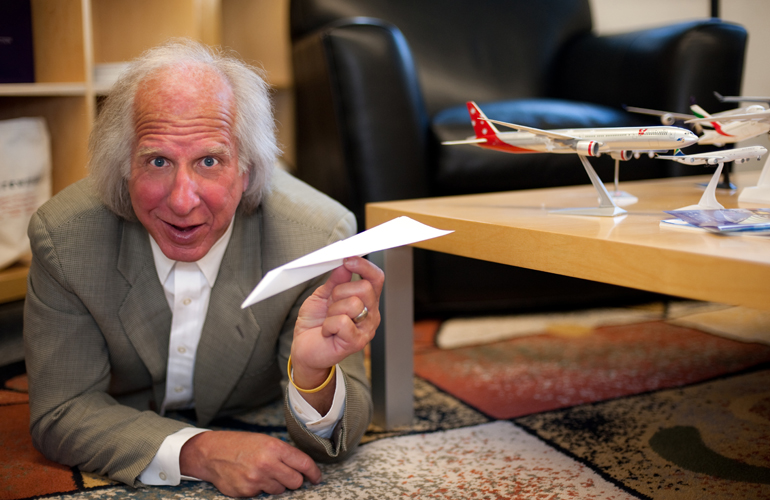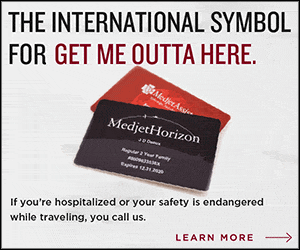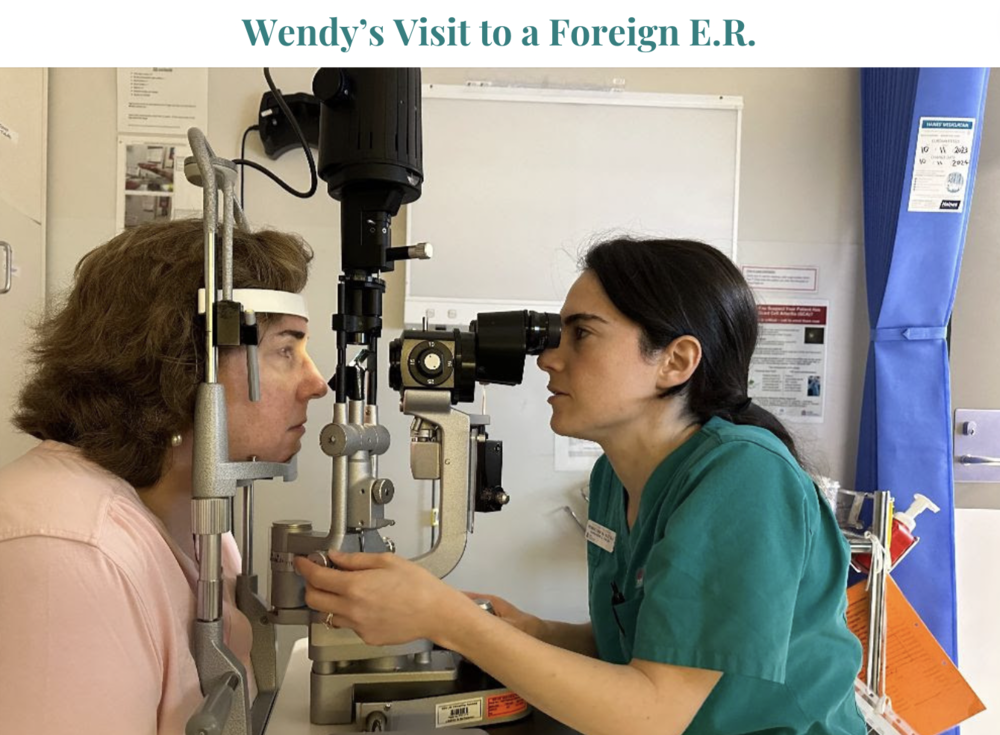- ABOUT
- Travel Intel
- Ask Wendy
- Traveler Reviews
- Just Back: The Latest Reviews
- Anniversary Trips
- Asia WOW Trips
- Christmas/New Year Trips
- Christmas Day Abroad
- Europe in Summer: Beat the Heat
- Europe in Winter: Smart Trip Ideas
- Europe for Winter School Breaks
- Europe’s Secret Spots
- Food-Focused Trips
- Graduation Trips
- Grandparents with Grandkids
- Honeymoons
- Meeting Noteworthy Locals
- Solo Trips
- South America WOW Trips
- Spring Break Family Trips
- Sporty Adventures
- Thanksgiving Trips
- Wildlife Encounters
- WOW Moments
- START A WOW TRIP
Airline Travel
Nonstop Flights To Make Your Travels Easier
by WendyPerrin.com | April 24, 2024
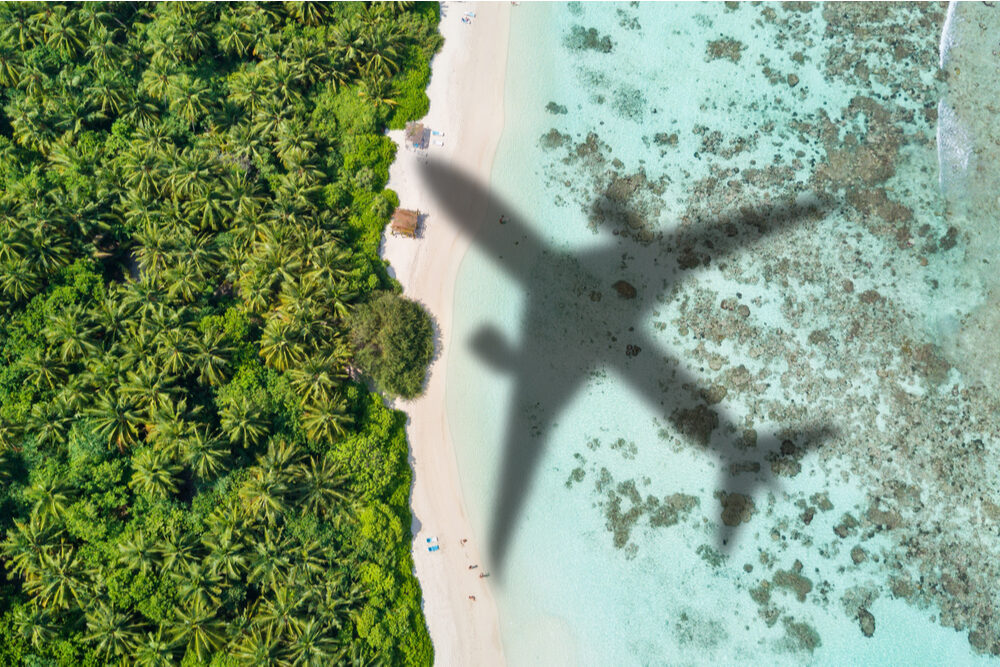
Airlines are launching a ton of new nonstop flights all over the world. Here’s the list of direct routes to Europe, Asia, and more.
How to Apply for, Or Renew, a Global Entry Membership
by Brook Wilkinson | April 3, 2024
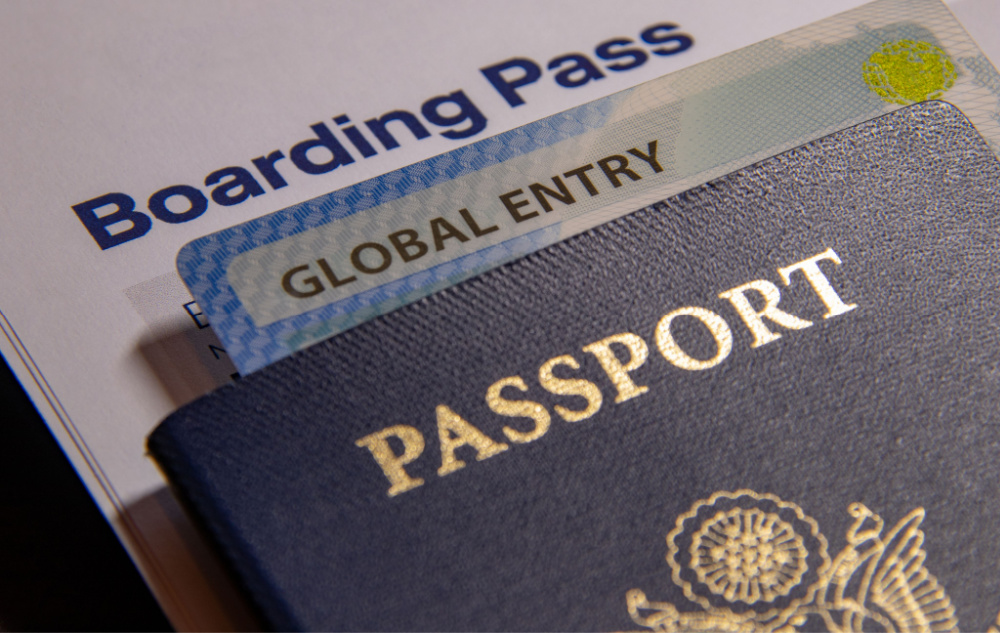
Here's what you need to know about renewing your Global Entry membership.
How to Renew Your Passport Now
by Billie Cohen | March 15, 2024
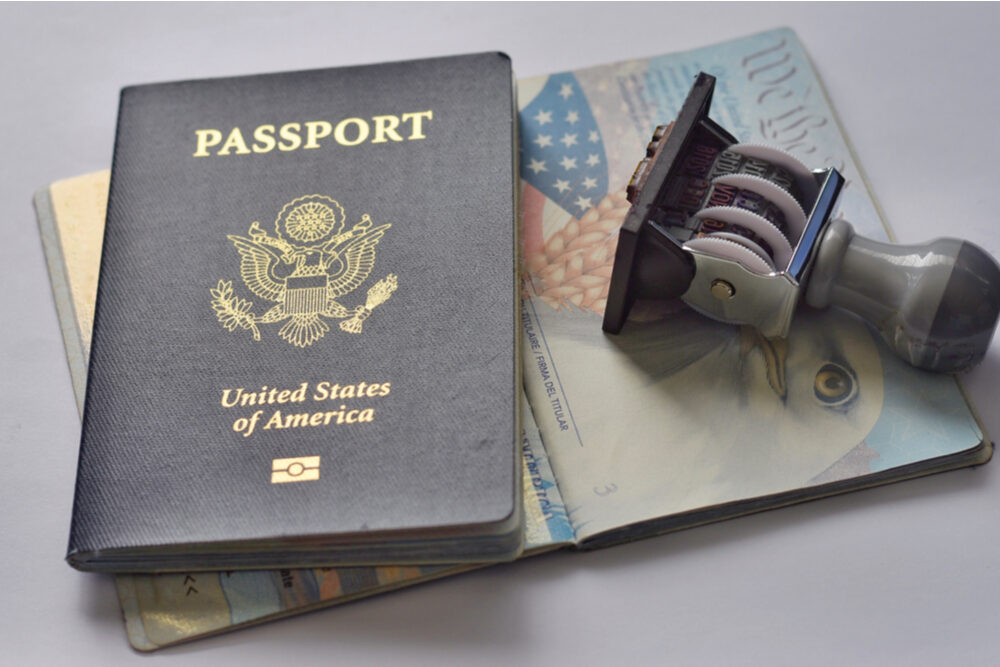
Here’s what you need to know about getting or renewing your passport amid the State Department backlog, and how long the process takes.
Apps To Help You Survive Holiday Travel
by Wendy Perrin | December 7, 2023
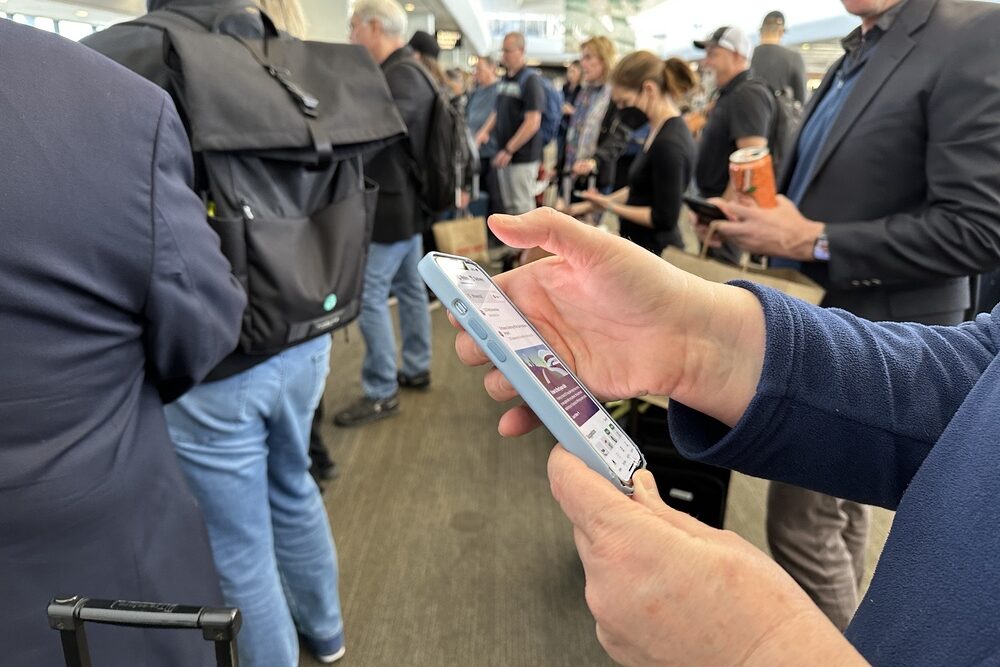
Are you ready for holiday travel? This list of apps will save you from headaches at the airport and your destination.
Why Extend a Long-Haul Trip for a Stay at an In-Airport Hotel? We Tell You.
by Carolyn Spencer Brown | September 29, 2023
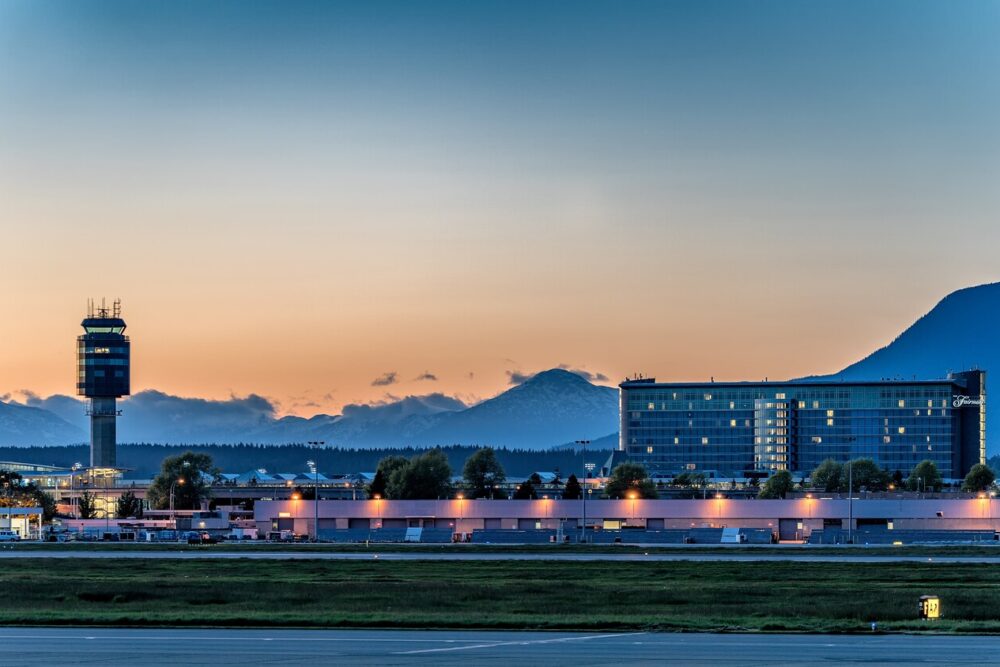
Have you ever extended a long-haul trip? Here's a list of strategically located airport hotels that offer respite from lengthy flights.
Best International Stopovers: Two Trips for the Price of One
by Caitlin Morton | September 12, 2023
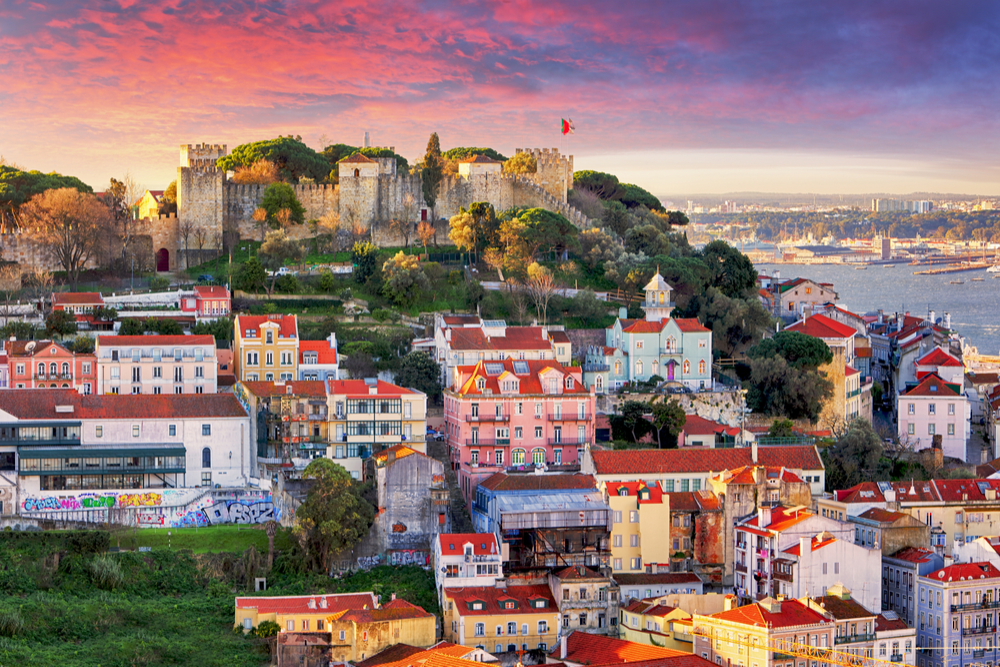
A handful airlines have stopover programs that allow travelers to experience two countries for the price of flying to one—and you might even get a free hotel stay out of it.
How to Get More For Your Miles and Points in 2023
by WendyPerrin.com | January 31, 2023
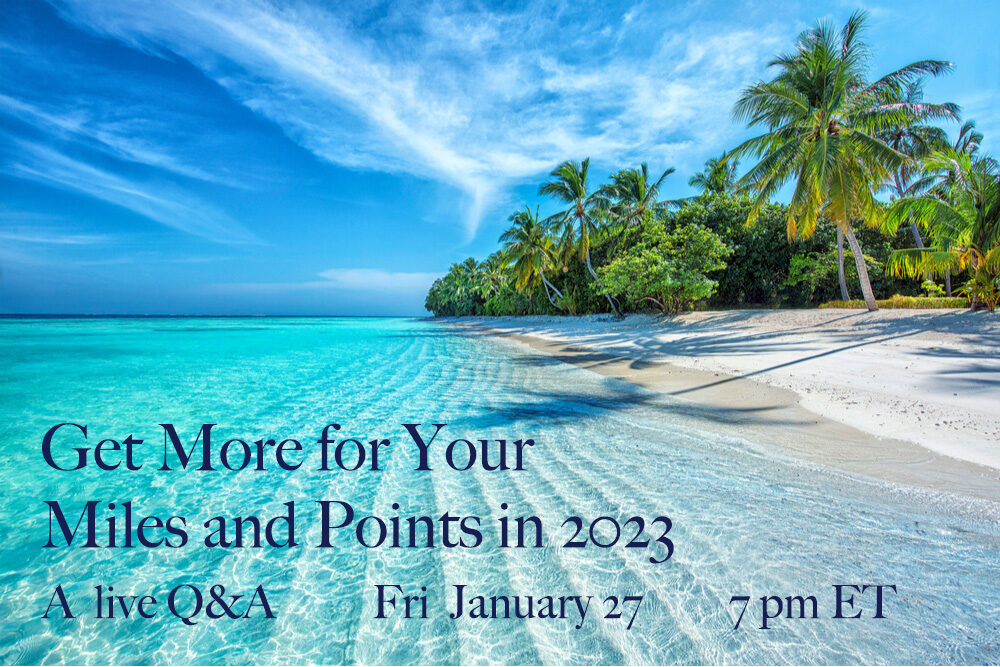
In this WOW Week video, we talk about how to get better award flights, nicer business-class seats, and more free hotel rooms.
Fly Smarter in 2023: How to Get the Best International Flights, Seats, and Fares
by WendyPerrin.com | January 28, 2023
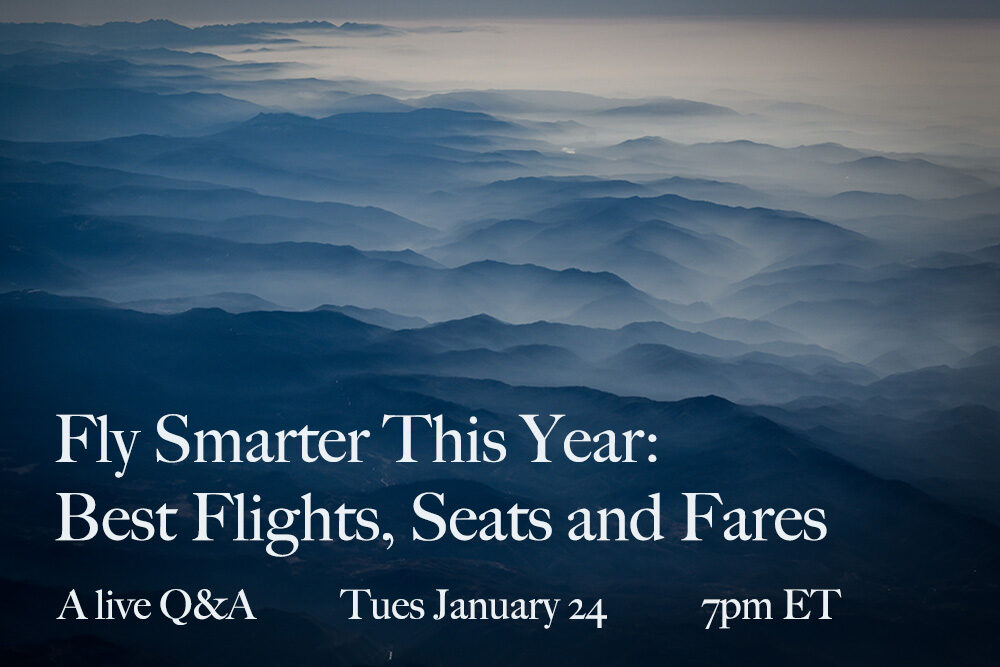
In this WOW Week video, we talk about how to get the best international flights, seats, and airfares in 2023.
How Never to Wait on Hold with Airline Customer Service Again
by Wendy Perrin | November 7, 2022
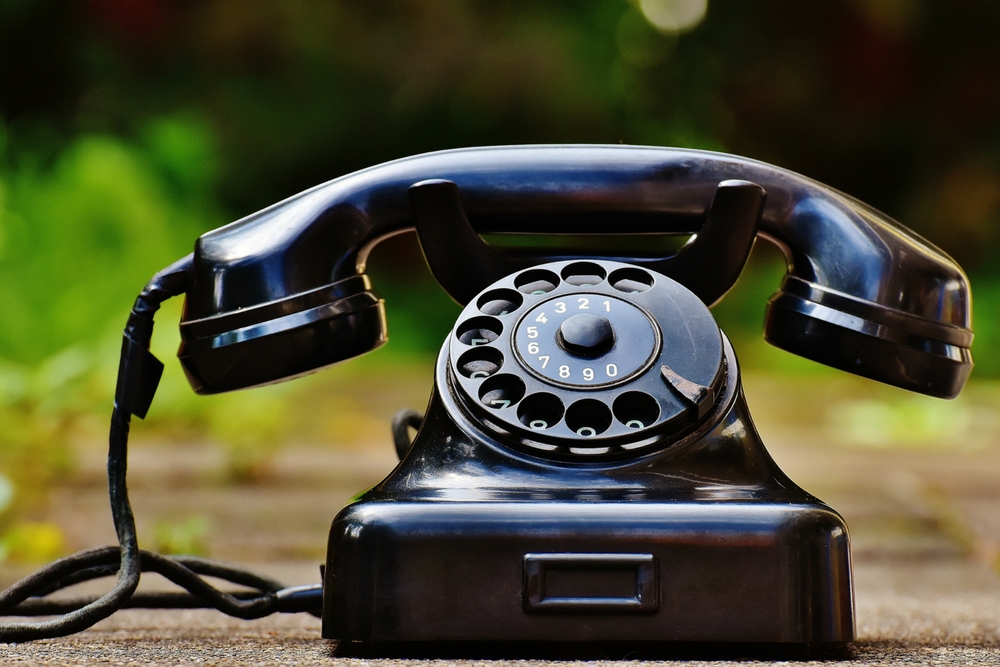
Sometimes you just need to talk to a live person at your airline, especially during winter storm season. But that doesn't mean you have to wait on hold.
Smartest Airports for Making Connections
by Billie Cohen | August 11, 2022
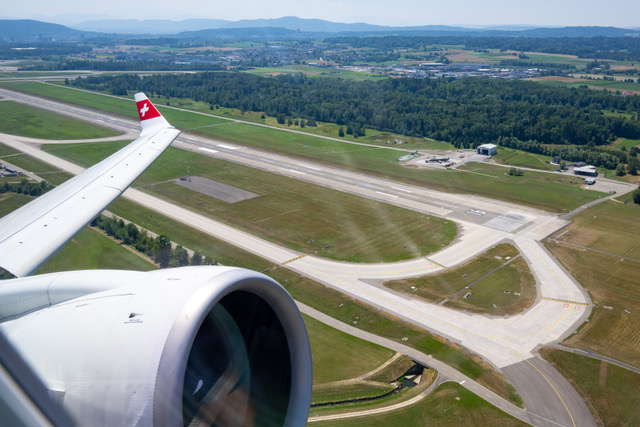
When you can't fly nonstop, here are the airports that will make flight connections as hassle-free as possible.
The Best Credit Cards for Travelers
by Gary Leff | April 22, 2022
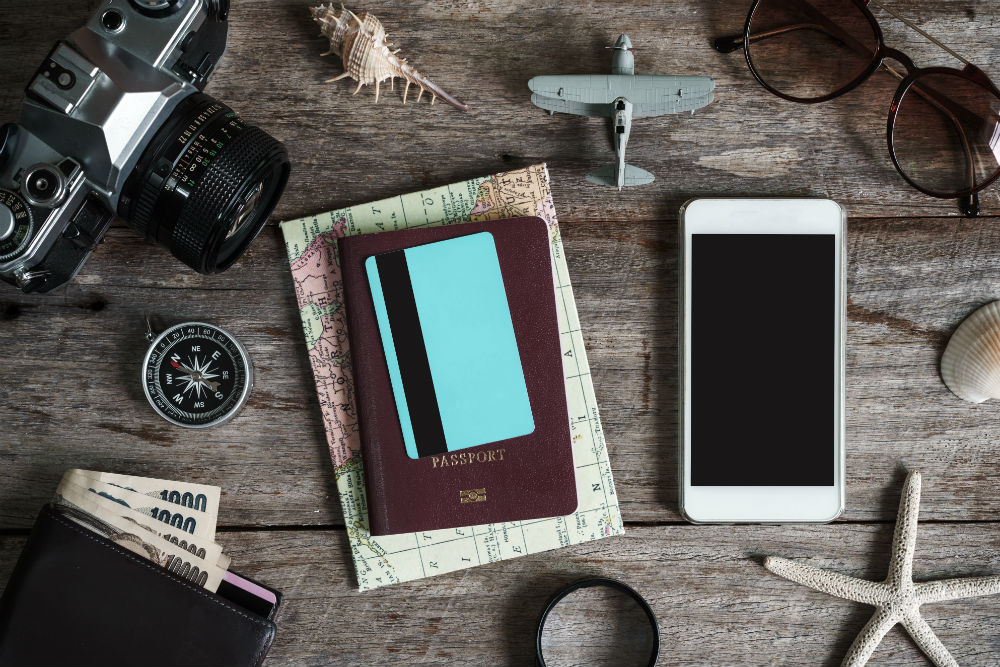
Whether you’re a frequent traveler or just starting to collect miles and reward perks, the right credit card can be a big help in getting you there.
When Is the Best Time to Buy Airfare This Year?
by Billie Cohen | March 22, 2022

Given fuel prices, the pandemic, and global politics, when is the right time to book flights this year?
Tips for Surviving This Summer’s Flight Delays
by Doug Baker | July 14, 2021
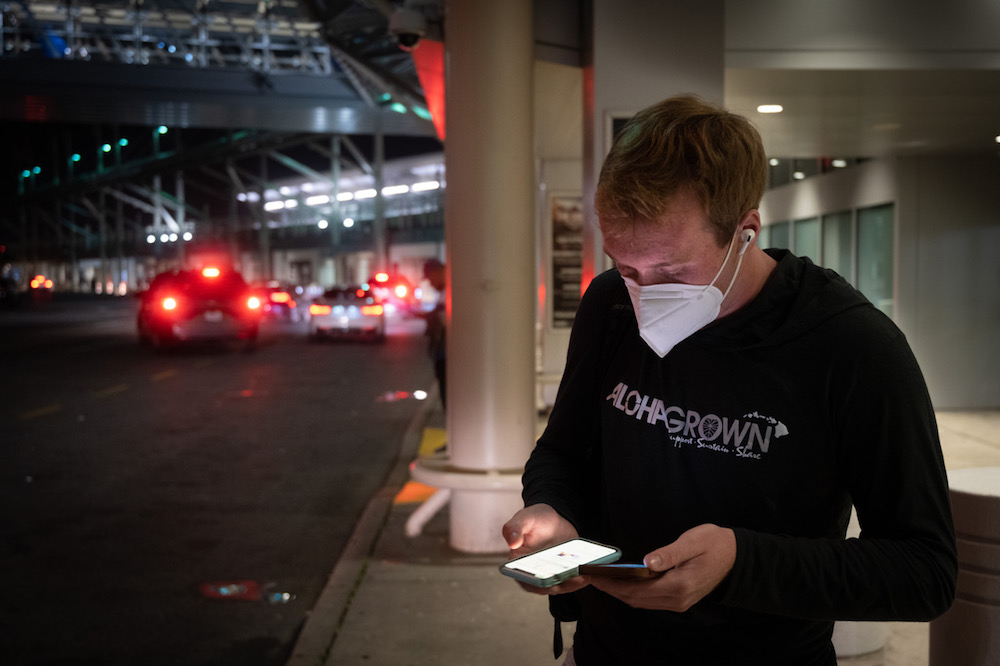
U.S. airports and airplanes are like the wild west right now. Anything can happen, and you may need to fend for yourself. Here's how to prepare.
6 Things I Learned About Taking an International Flight to a Recently Reopened Country
by Billie Cohen | June 3, 2021
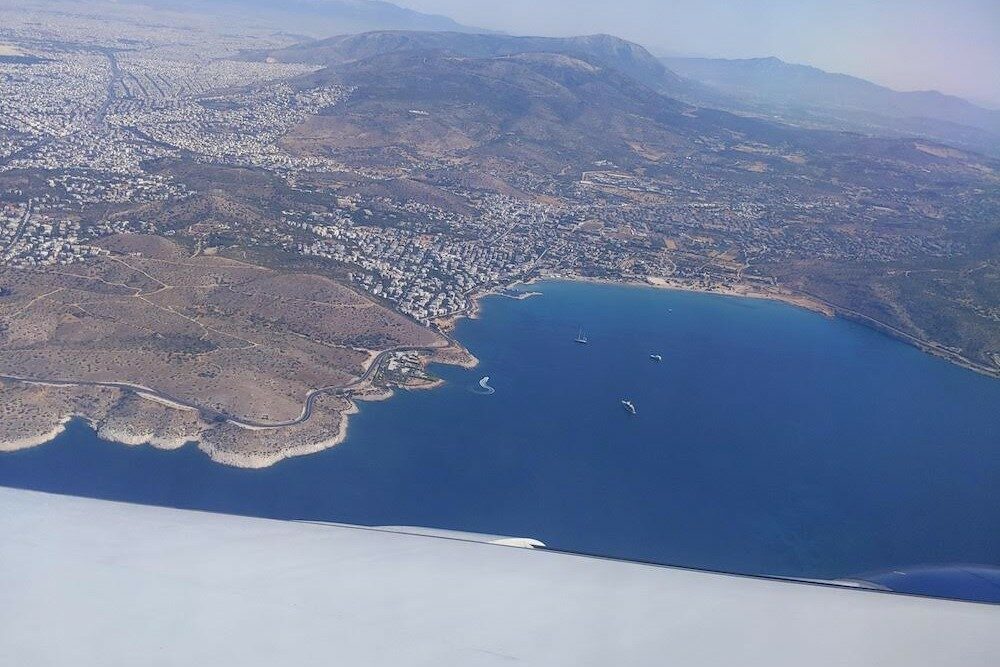
After a nine-hour flight to Greece, Billie learned a few new tricks and tips for dealing with a flight to a recently reopened country.
Private Jets: The Safest Option, and More Affordable Than You Might Think
by Brook Wilkinson | March 10, 2021
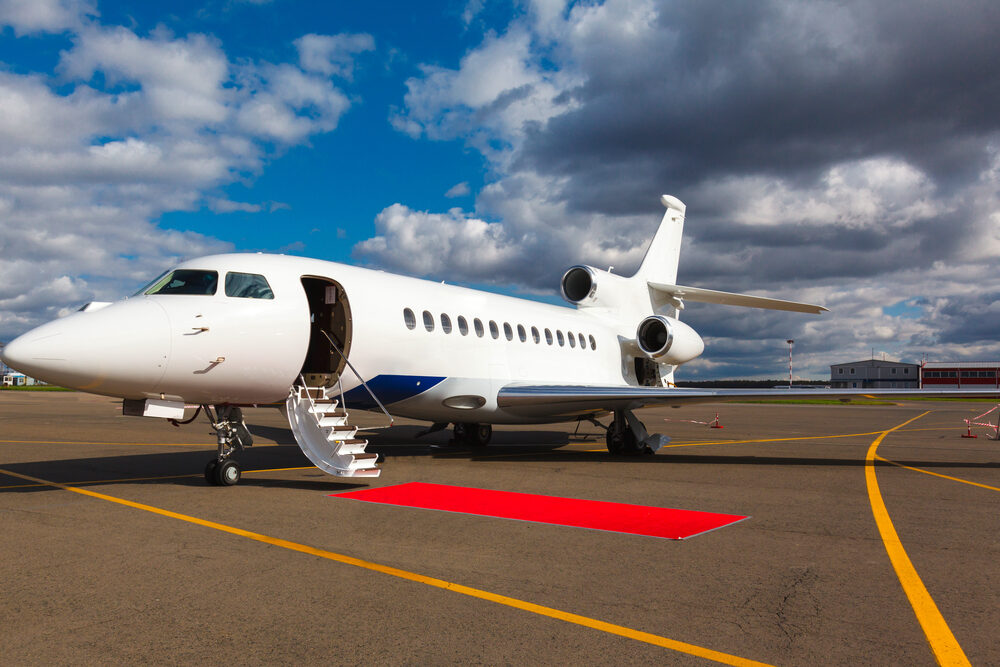
Imagine if you could cut your airport waiting time down to 20 minutes, and share your airplane cabin’s air with just a few other people, by flying private.
Need to Fly Long-Haul? How to Choose a Safe, Smart Flight During Covid
by Brook Wilkinson | October 10, 2020
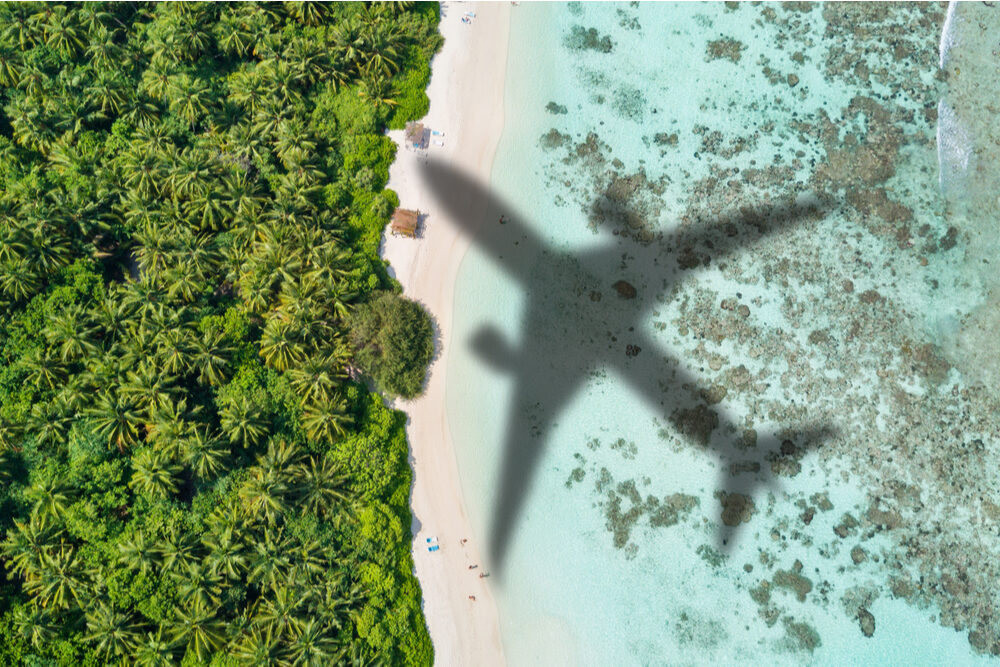
Flying is a top concern for travelers now. Use these strategies to select, book, and minimize your risk on long-haul flights during the pandemic.
An Easy Way to Improve Your Next Flight Delay: Airport Lounge Day Passes
by Wendy Perrin | December 16, 2019
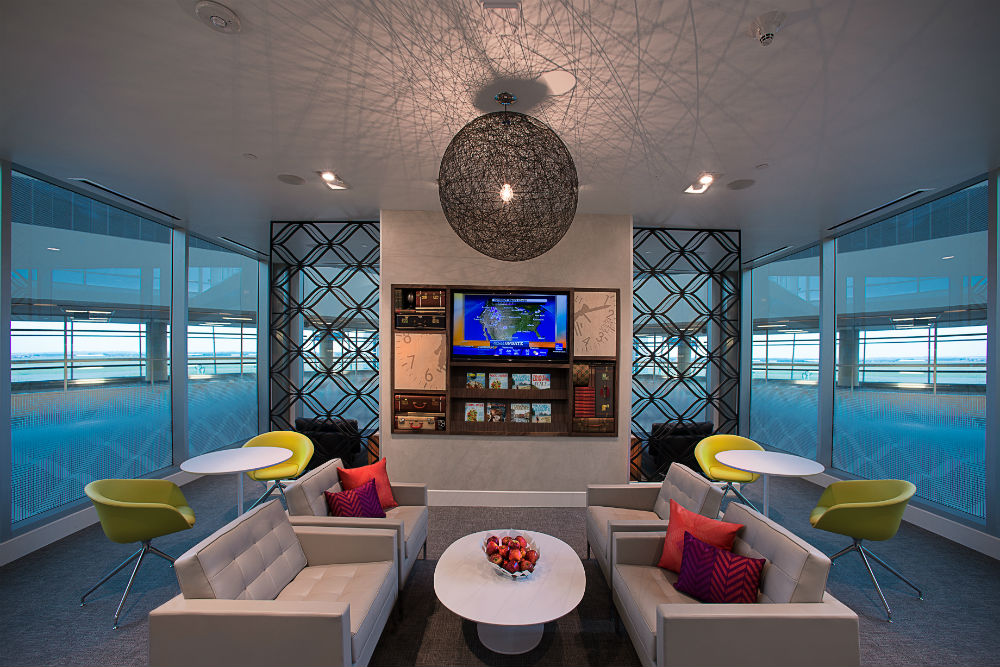
You no longer have to be an elite traveler, a frequent flier, or even a passenger of a specific airline to enjoy the stress-free haven of an airport lounge.
Your Lost Luggage Is For Sale in This Store in Alabama
by Timothy Baker | August 21, 2018
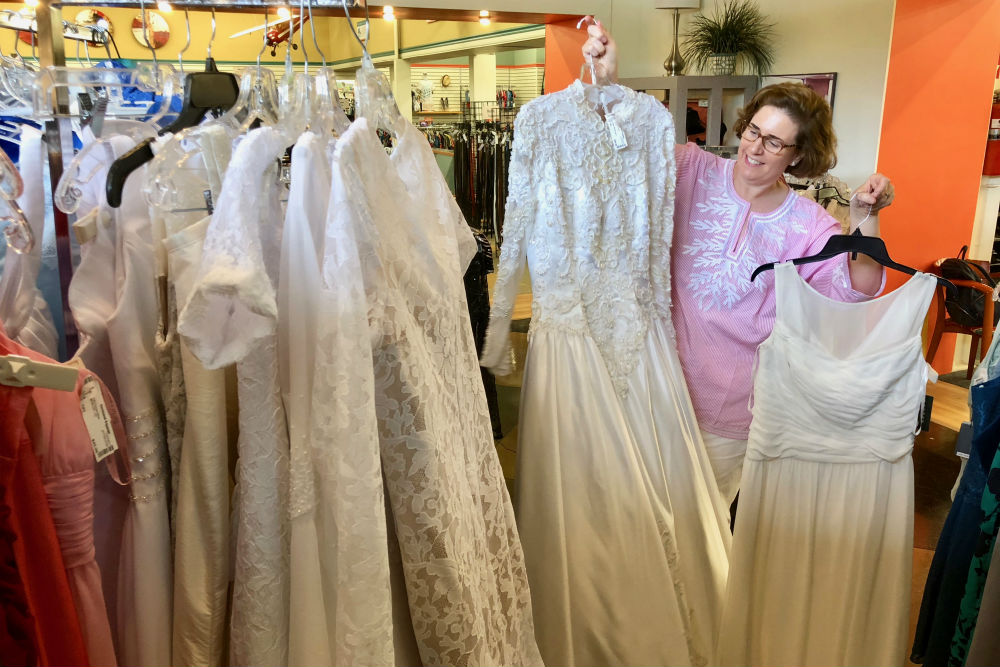
The Unclaimed Baggage Center is 40,000 square feet of your stuff, bought in bulk from the airlines’ baggage equivalent of the dead letter office.
How to Avoid Long Airport Security Lines This Summer
by Wendy Perrin | May 27, 2016
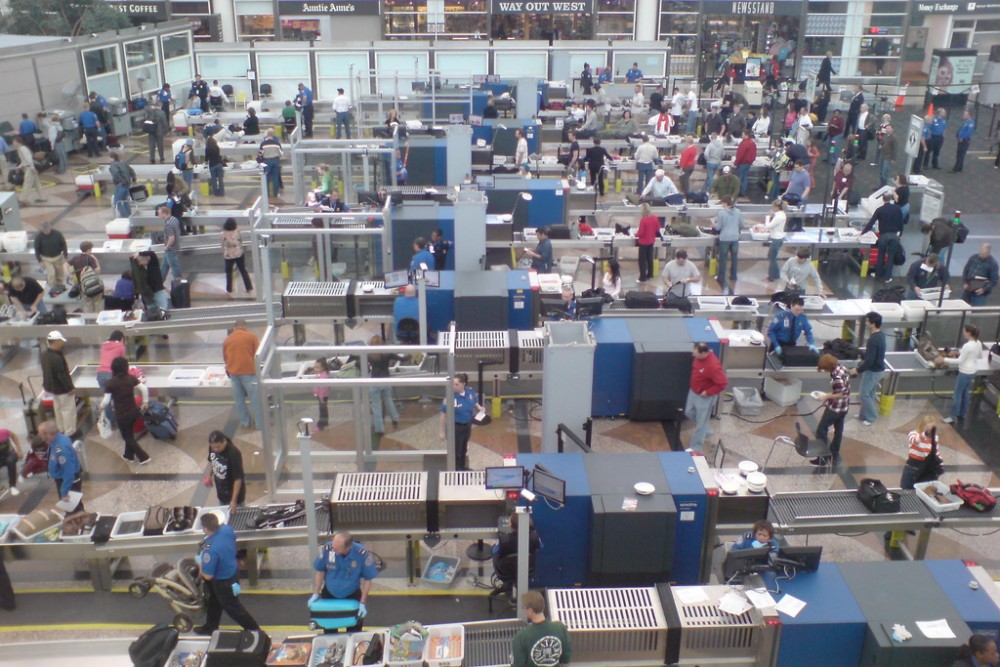
Airport security lines have grown absurdly long of late, thanks to more people traveling and fewer TSA workers. Here’s how to minimize your time in line.
How to Ace Long-Haul Flights with Young Kids
by Brook Wilkinson | February 25, 2016
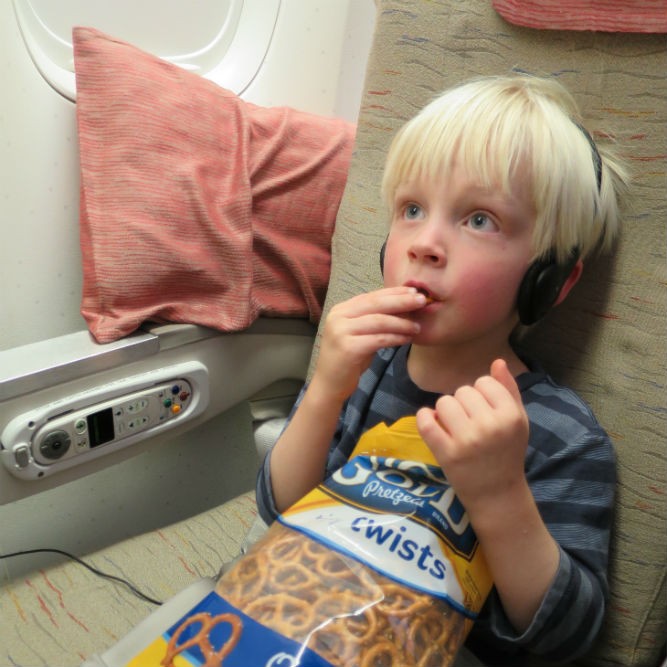
When I decided to take my four-year-old son to Asia, the trans-Pacific flight loomed large in my mind. How would we get through 18 hours on a plane?
How to Deal with Flight Delays, Cancellations, and More
by Billie Cohen | January 22, 2016
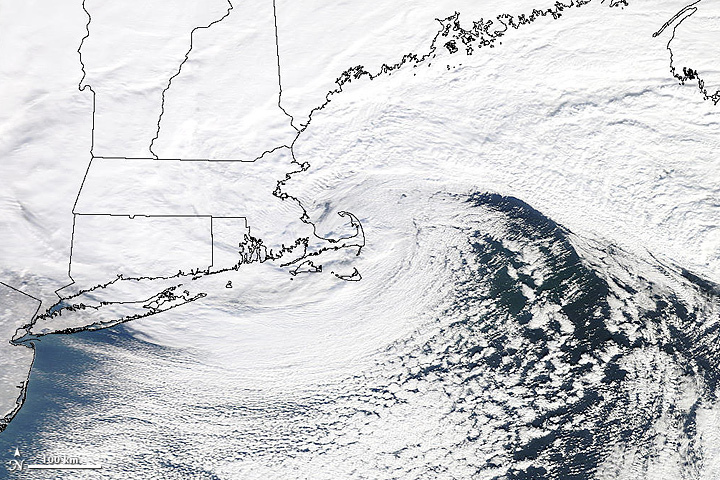
Here are the steps you can take—and the tools you need in your arsenal—to prepare for anything the snow can throw at you, during this storm or any other.
Best Foreign Airports to Get Stuck In
by Billie Cohen | December 22, 2015
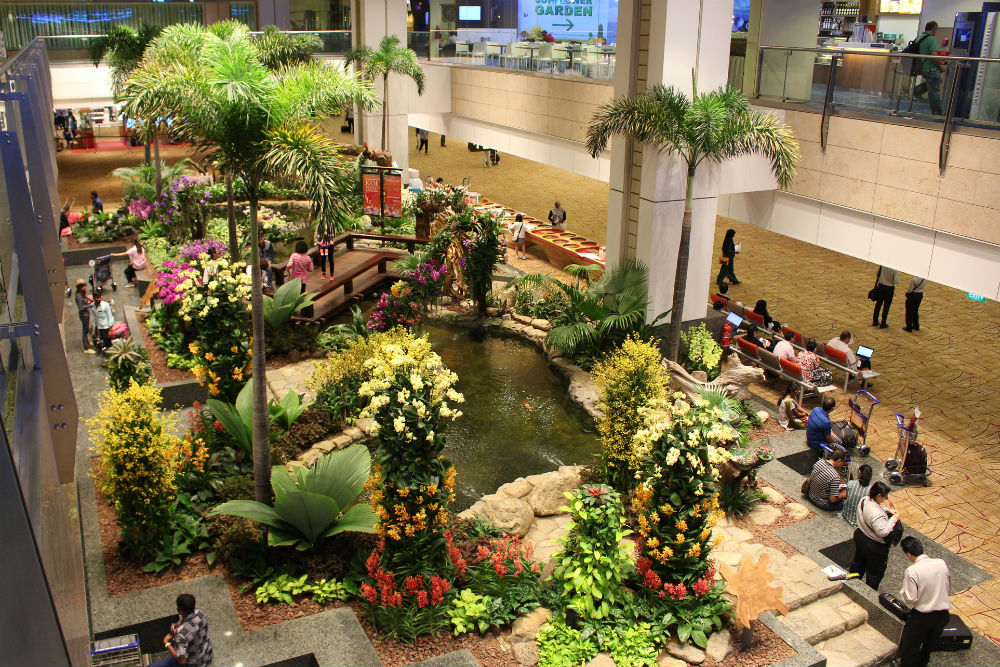
Next time you’re booking an international flight, seriously consider an itinerary that gives you a layover in one of these hubs.
5 Easy Ways to Avoid Airline Bag and Change Fees
by Wendy Perrin | June 24, 2015
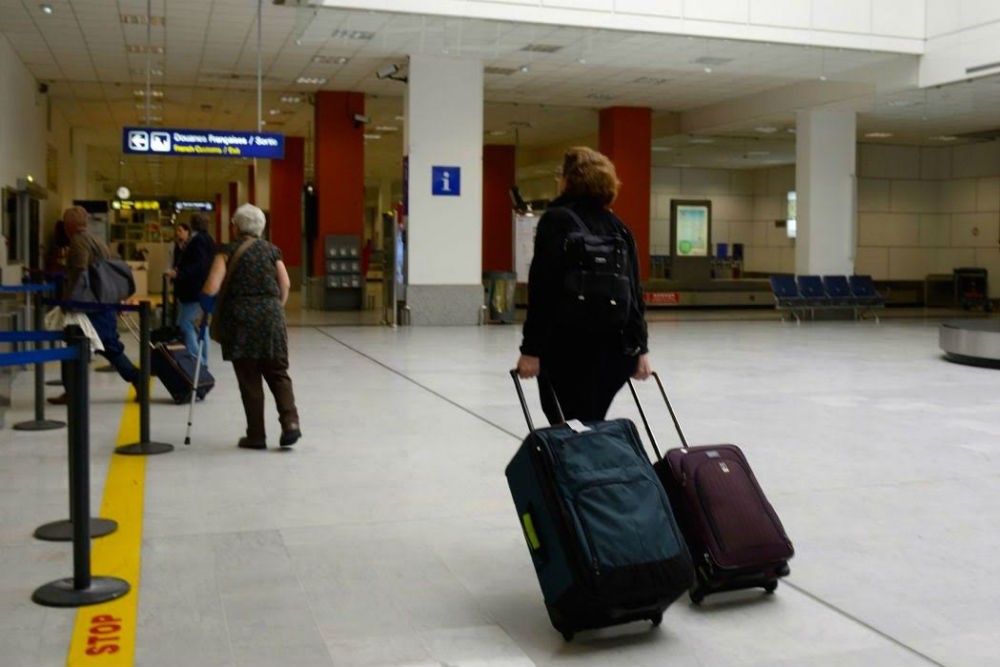
In the first three months of 2015, U.S. airlines raked in $1.6 billion in checked-baggage and ticket-change fees. Here’s what you can do to avoid them.
Beating Jet Lag and Travel Exhaustion with Science and Magic
by Yahoo! Travel | December 26, 2014

From blue light technology to acupuncture and candles—our friends at Yahoo! Travel try five ways to beat jet lag and boost energy.
10 Simple Changes that Would Drastically Improve Travel in 2015
by Wendy Perrin | December 16, 2014
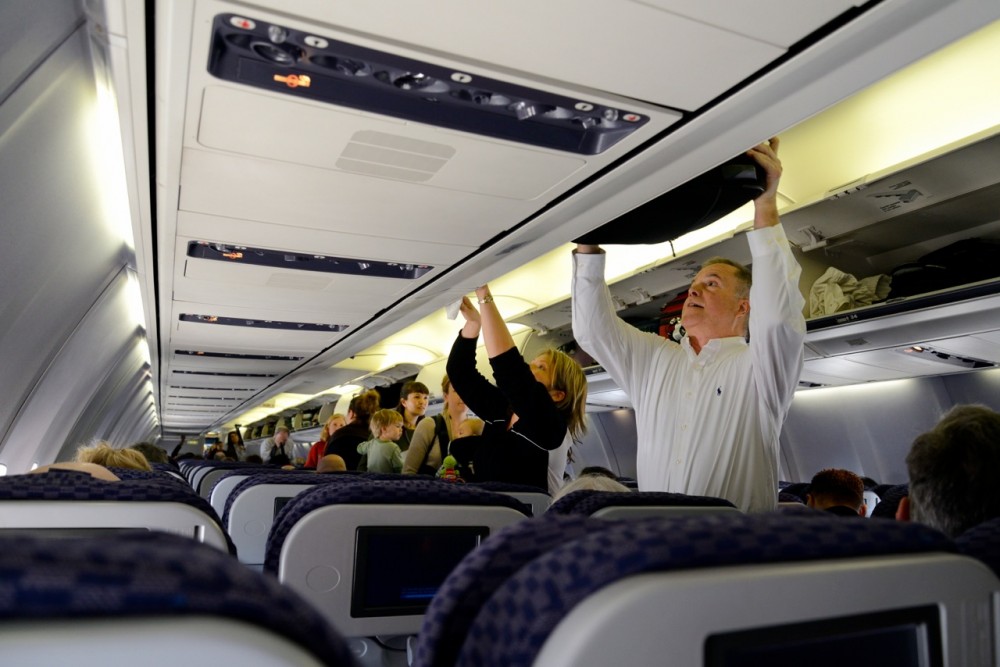
We asked our Facebook friends what simple changes they’d like to see that would drastically improve travel in 2015. They had some smart ideas.
8 Secrets to a Stress-Free Flight With Toddlers
by Brook Wilkinson | December 8, 2014
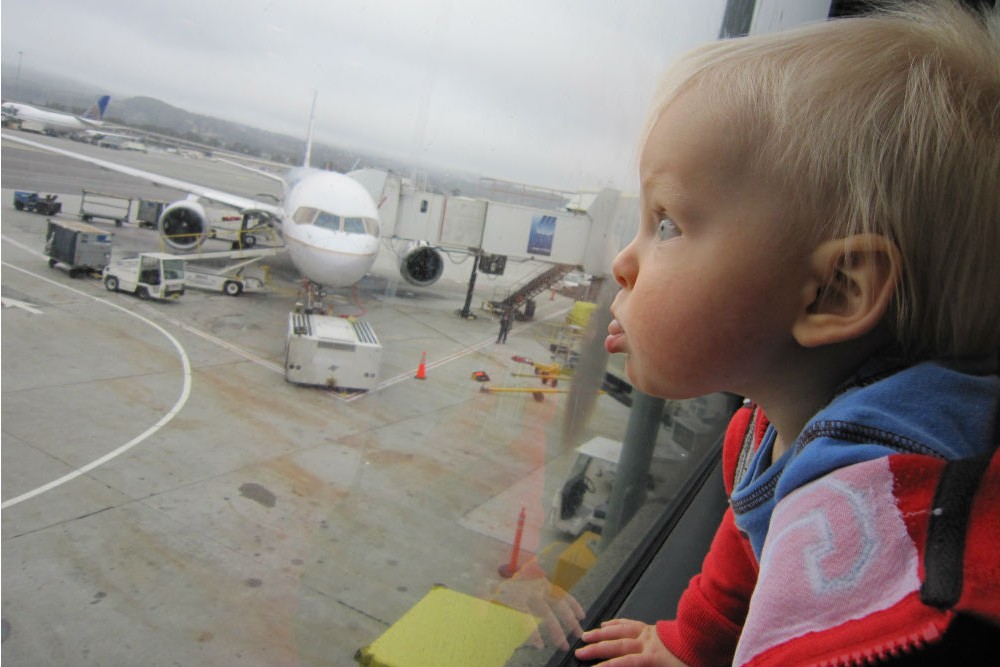
Air-tested tips for surviving a flight with young kids.
When To Buy Summer Airline Tickets to Europe
by Wendy Perrin | November 3, 2014
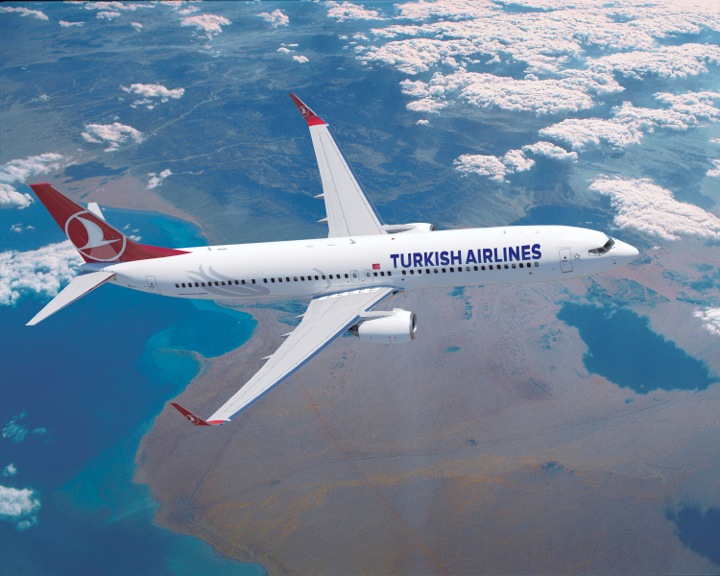
How to find the best airfare deals for flights to Europe during the peak summer season.
Madrid Airport Layovers: How to Make the Most of Them
by Wendy Perrin | October 15, 2014

Sometimes a layover is an opportunity for a great day trip.
Unexpected Ways to Use Your Frequent Flier Miles
by Billie Cohen | September 25, 2014
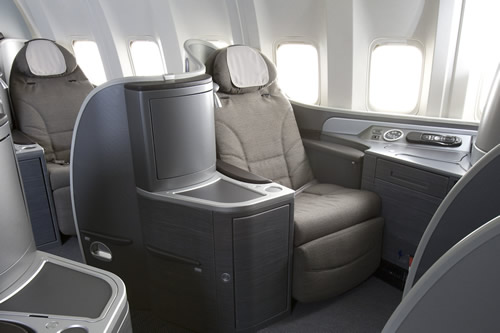
Four easy tips for using frequent flier miles for more than just flights.
Airfarewatchdog Founder George Hobica: Interview with an Expert Traveler
by Wendy Perrin | September 12, 2014
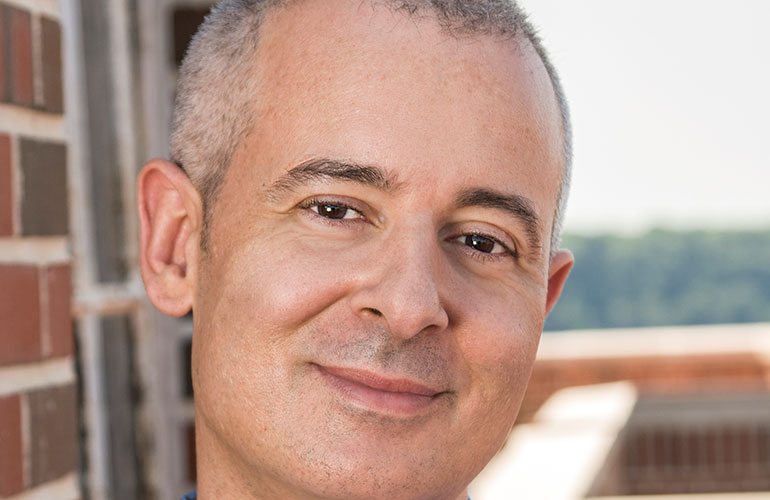
Wendy gets Airfarewatchdog founder and president George Hobica to reveal his best travel tips and his most embarrassing travel moment.
How to Reserve Airline Tickets for Up to Three Weeks
by Wendy Perrin | August 21, 2014
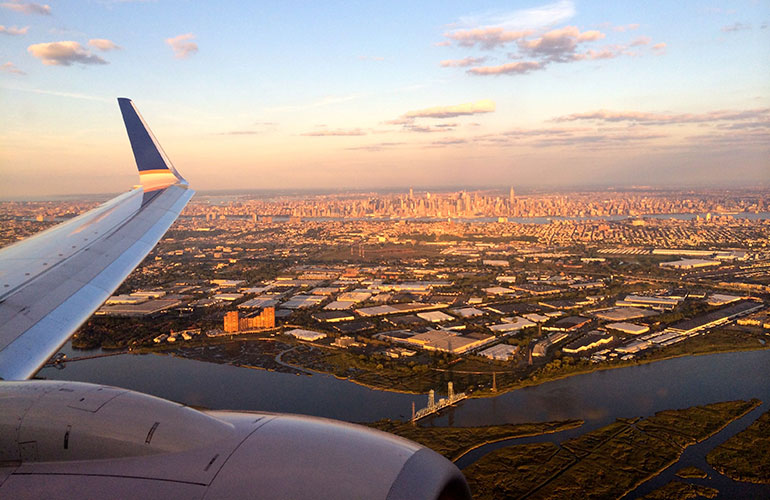
View of Manhattan from airplane window.
When you see a great airline tickets, but aren't ready to buy, Options Away lets you lock in the fare for up to three weeks.
How to Find the Best Flight for Your Money
by Wendy Perrin | August 12, 2014
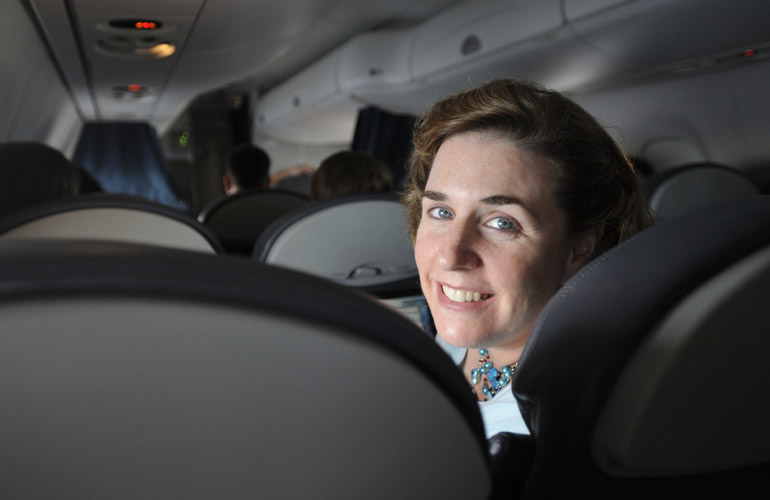
It's tough to find the most comfortable and convenient flight for your dollar. But Routehappy, one of Wendy Perrin's recommended travel tools, can help.
Beijing Airport Layovers: The Best Way to Spend Them
by Wendy Perrin | July 18, 2014
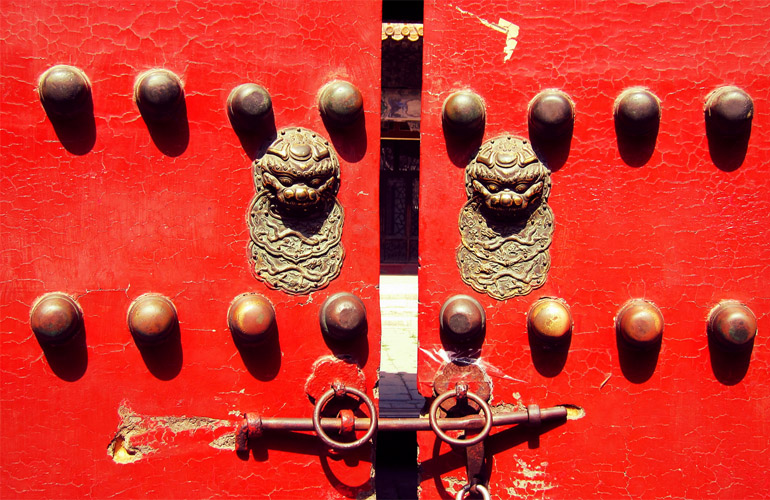
China allows 72-hour, visa-free airport layovers, so now you can get out of the airport and into Beijing for some sightseeing between flights.
Best Ways to Spend Your Connection in 10 U.S. Airports
by Wendy Perrin | July 14, 2014
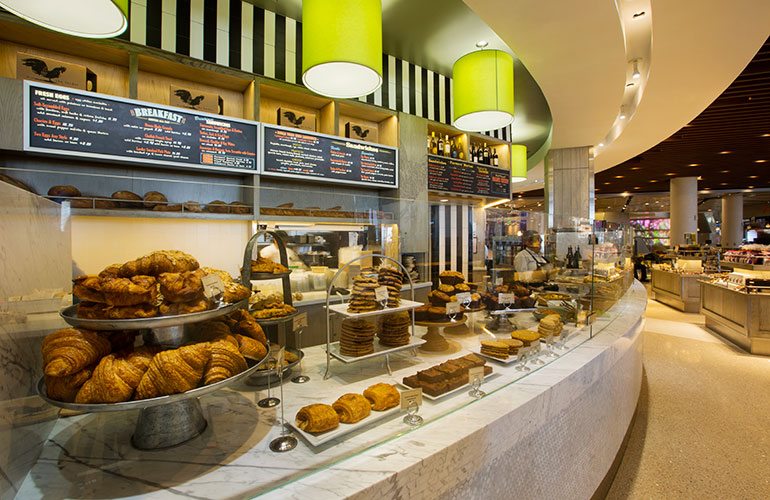
The next time you’re connecting in an airport you hate to connect in, make the most of it with these suggestions for things to do.
Amsterdam Airport Layovers: How to Make the Most of Them
by Wendy Perrin | July 8, 2014
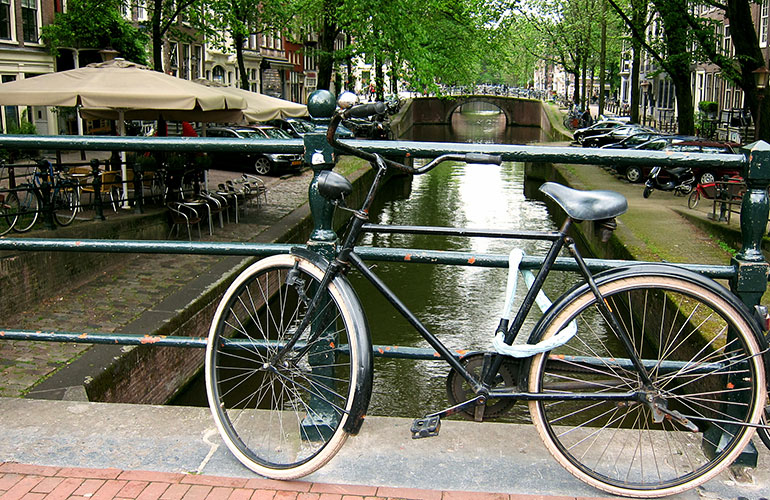
Sightseeing itineraries for Amsterdam airport layovers, no matter how much time you have between flights.
I’m not a travel agent—I’m a journalist who has spent the past 30 years reporting on how to travel smarter. To maximize your experience, click to Ask Wendy for a personalized recommendation for trip ideas and custom-trip designers, tailored to your location and preferences.
We may receive a referral fee from trip planners for trips designed for and purchased by travelers referred through us.
Copyright Wendy Perrin 2024. All Rights Reserved.


